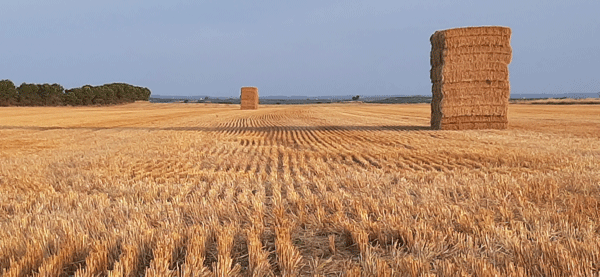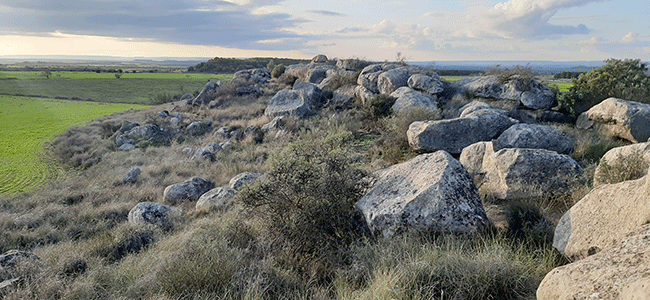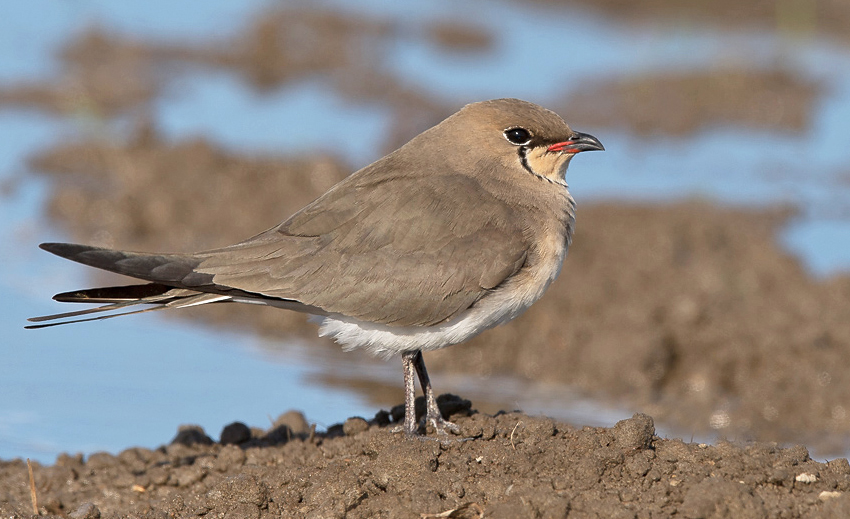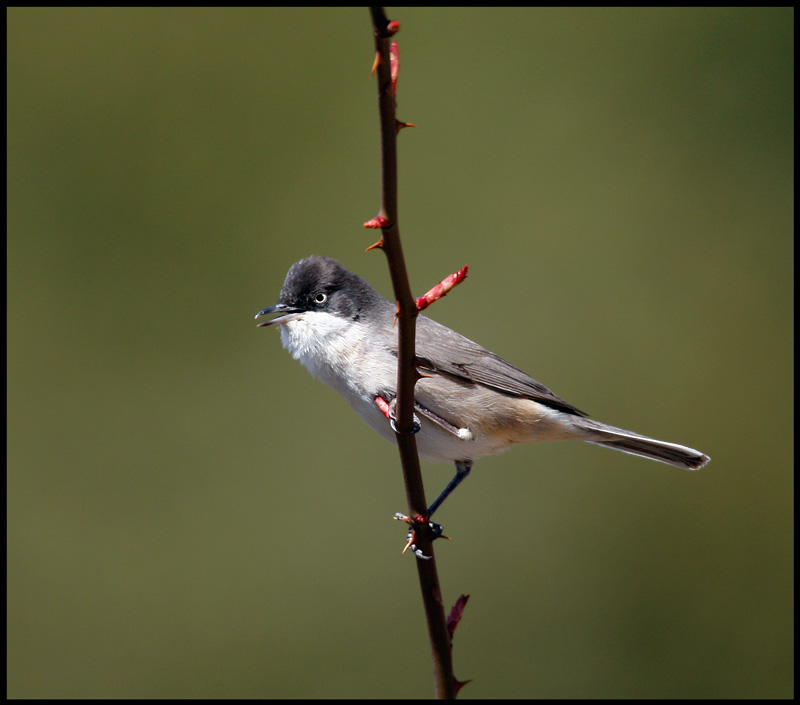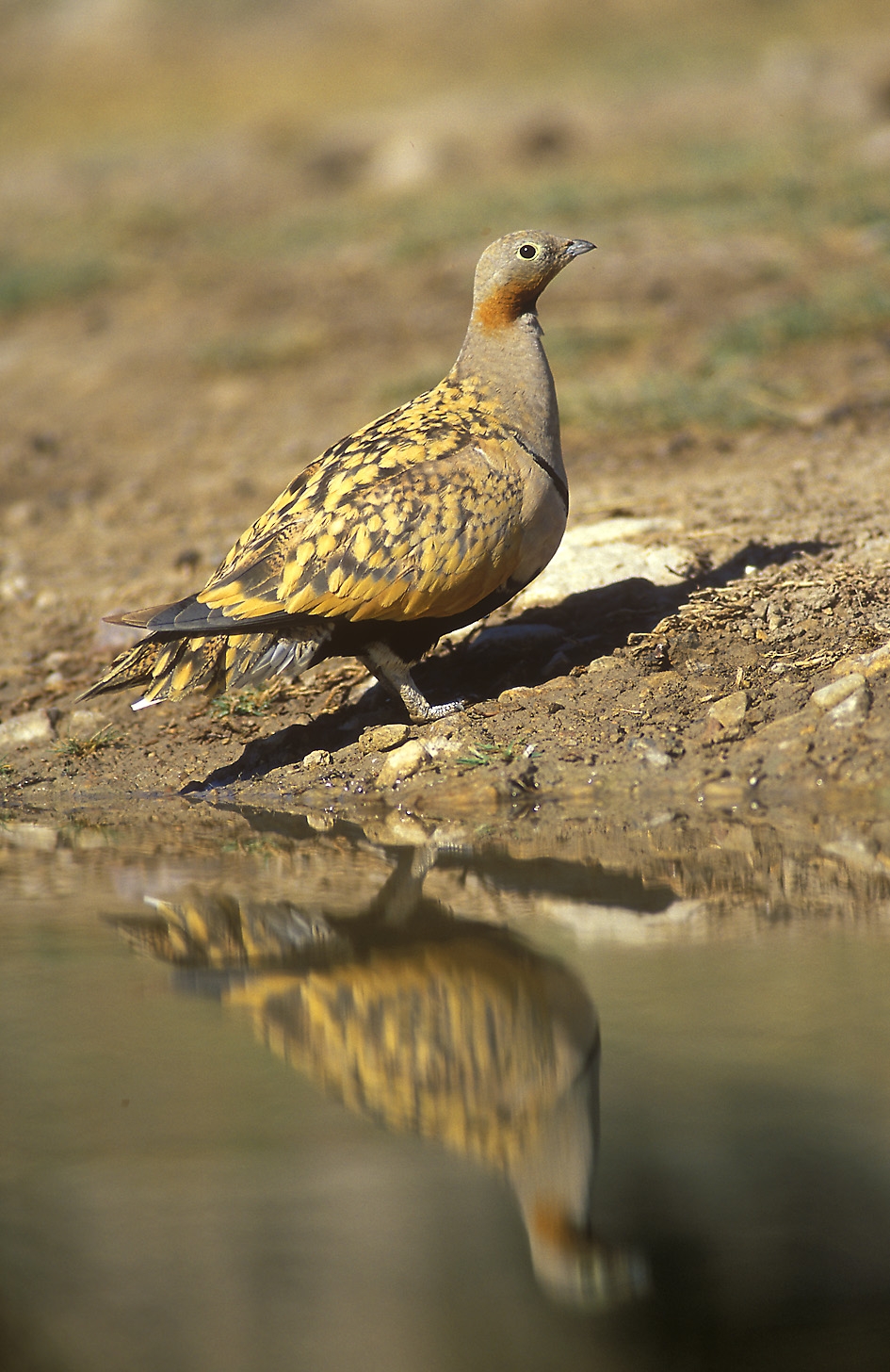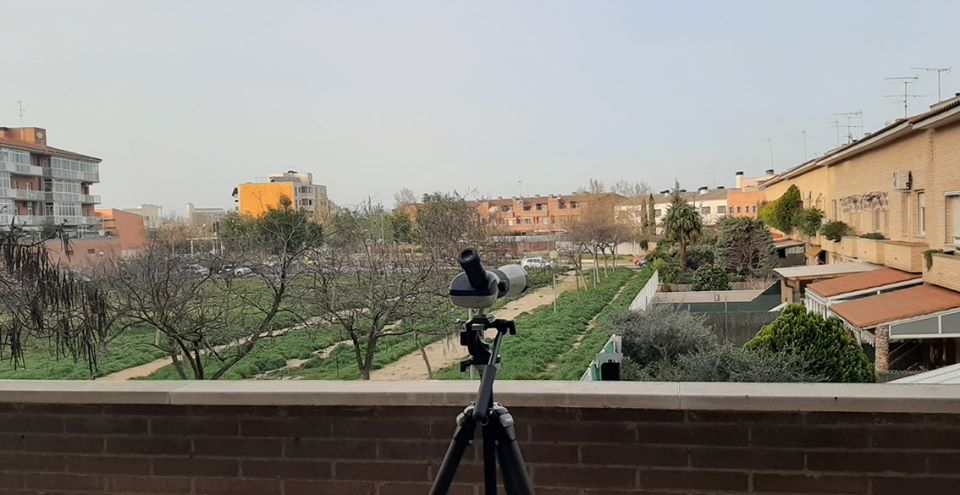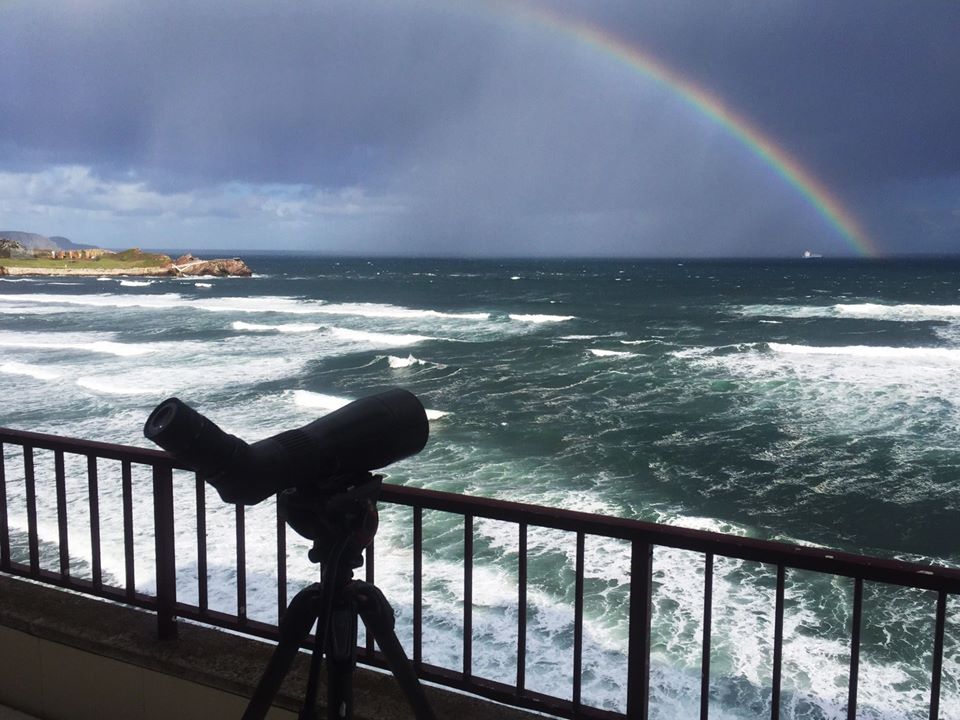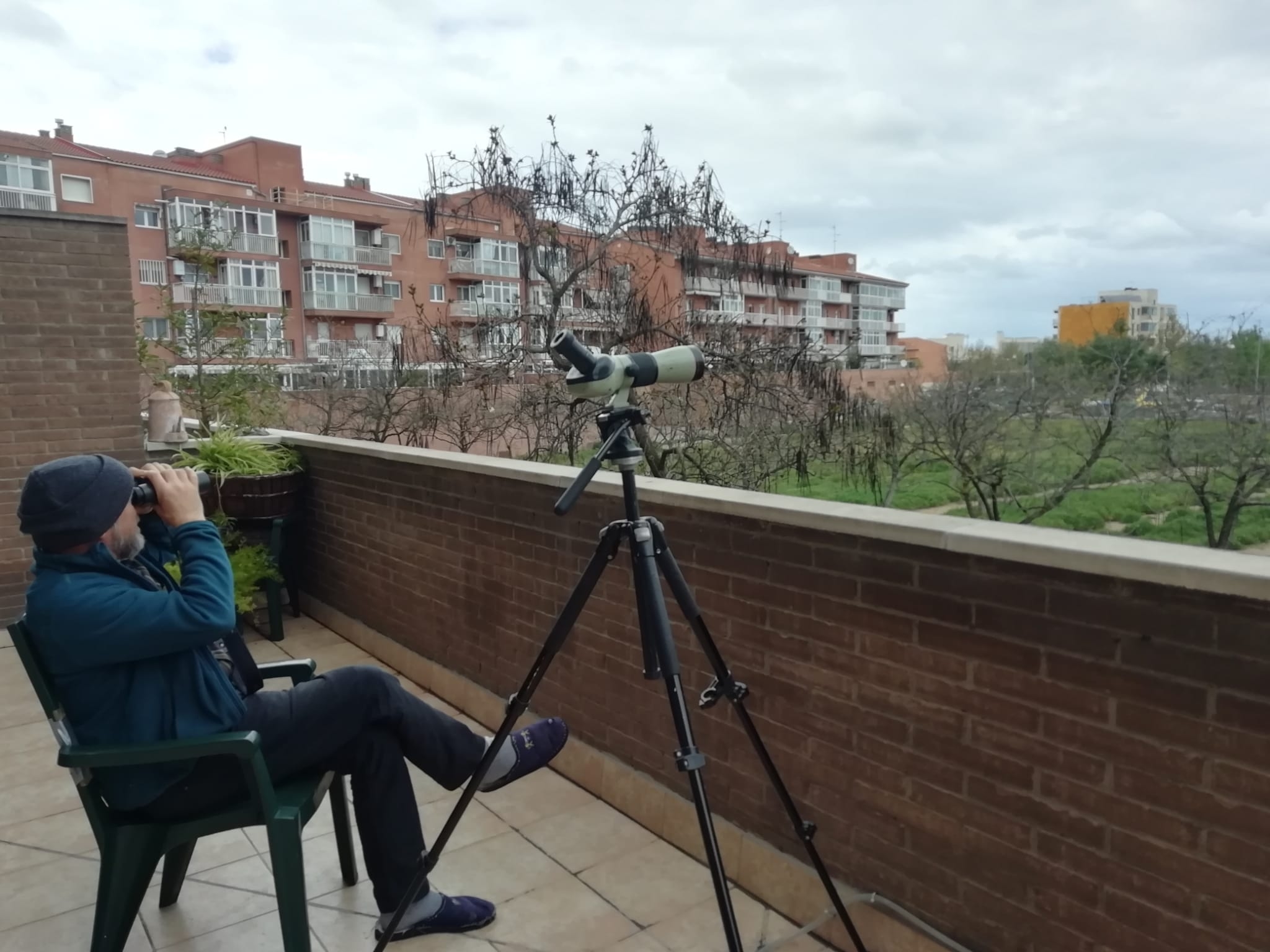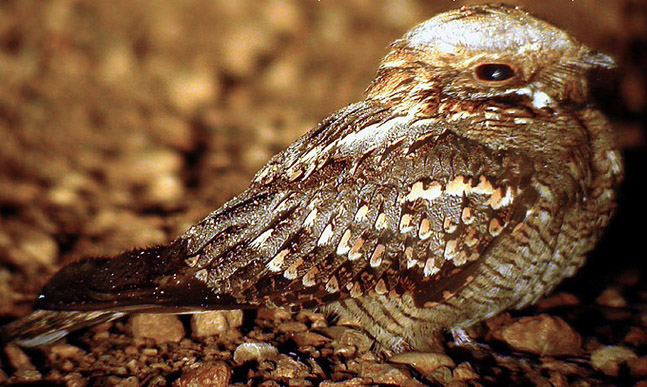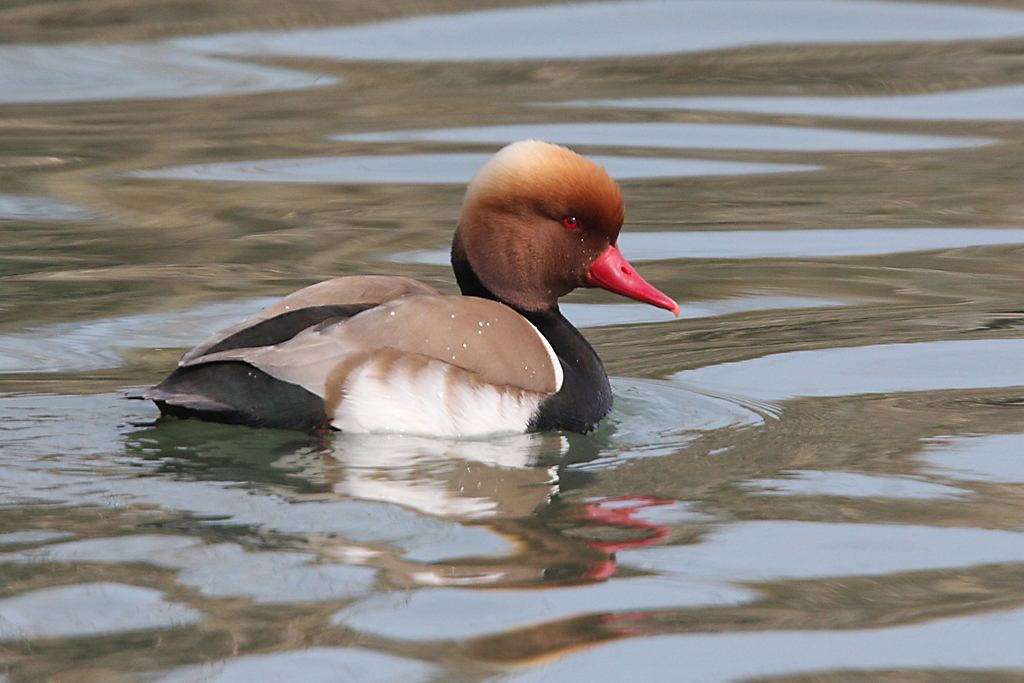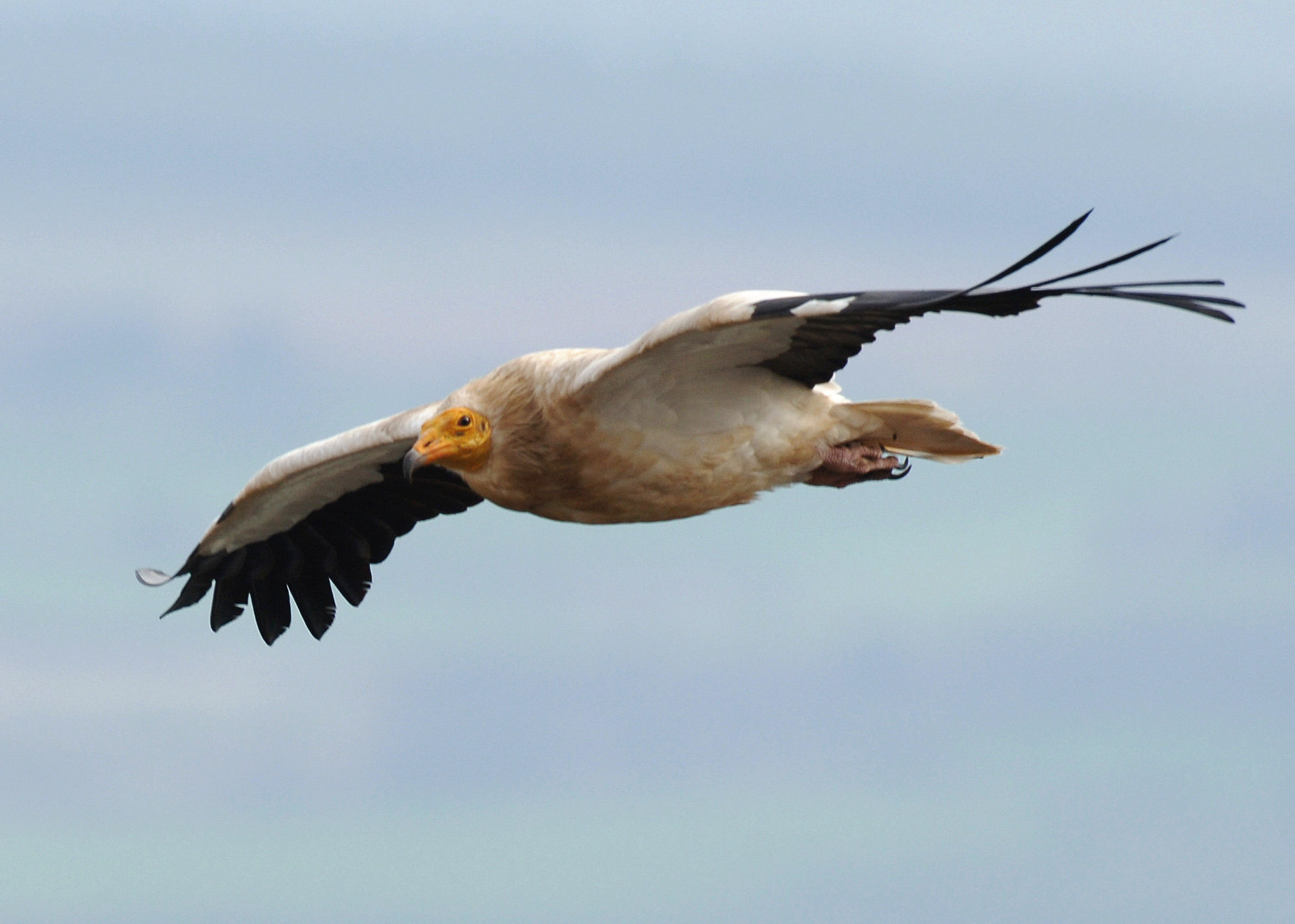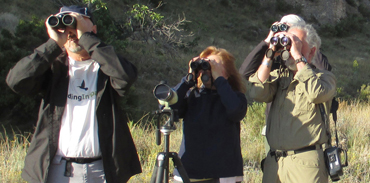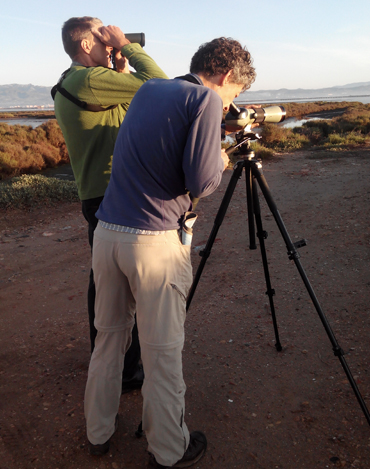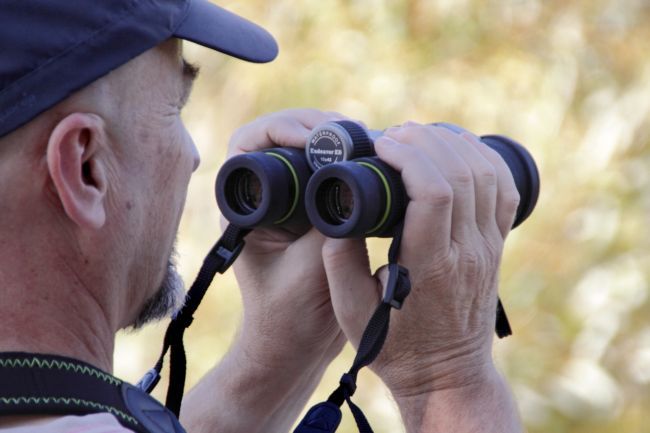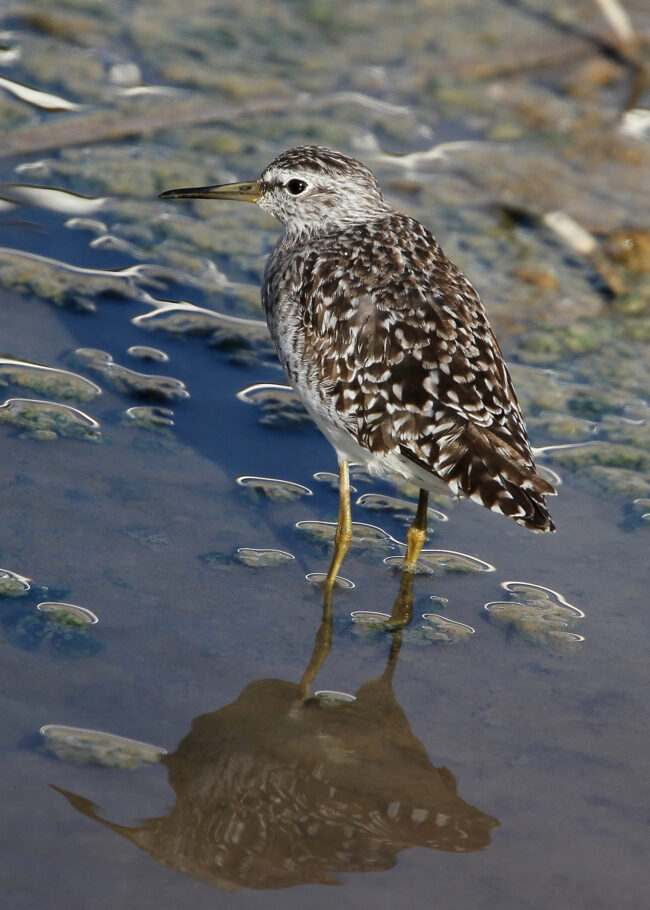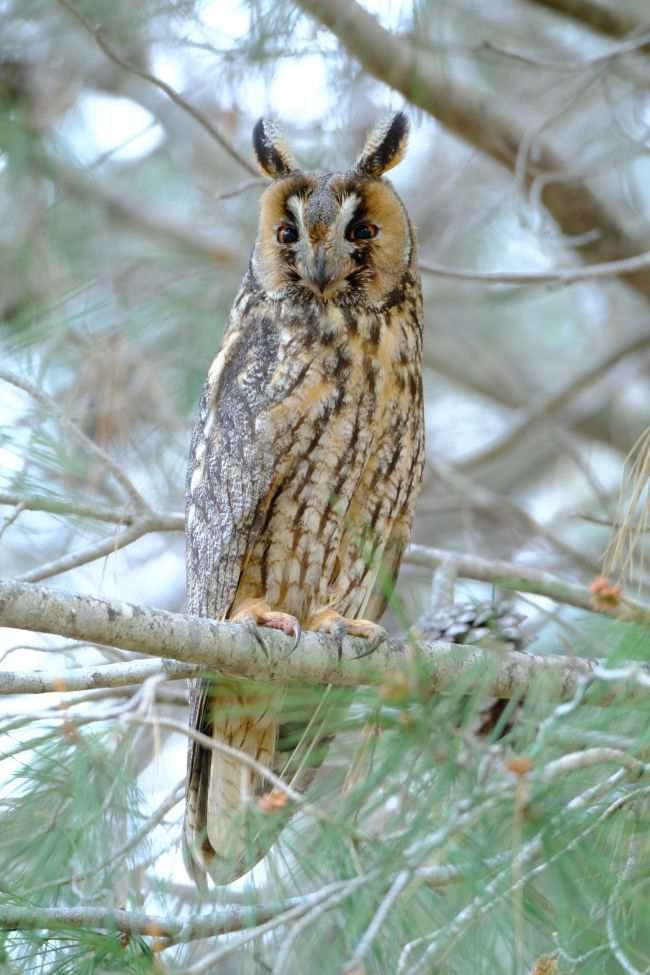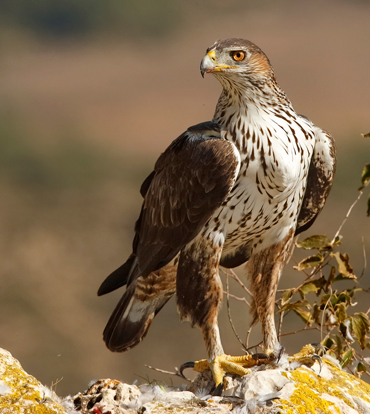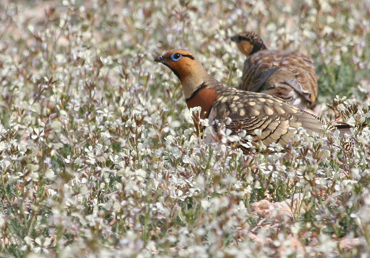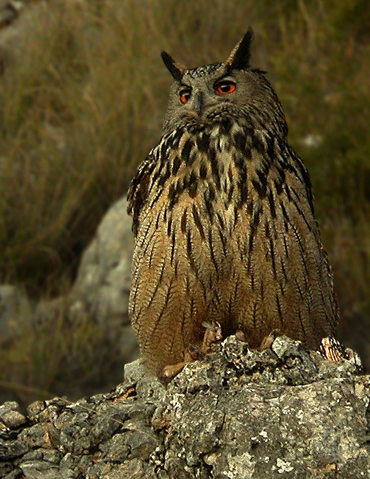Here we go again…
This is getting repetitive: Florinda and I woke up early to go out birding in the Hotspot, this time to the north of Lleida, pulled up the blinds and… fog. Again, here we go again. However, I was determined to give it a go, as the increased elevation at the rocky hills we were heading to could well play in our favour, and take us out of these damn groundclouds.
Fortunately, we didn’t have to drive too far before we emerged into the sunshine, getting a glimpse of how other people must live. Our destination was a reservoir set into craggy scenery, and at the northern extremes of the Hotspot. It was cold, below zero, so we wrapped up in our “Iceland” gear, and walked down to the crystalline stretch of river. In less than a couple of minutes we were enjoying marvellous views of a White-throated Dipper, Cinclus cinclus, probably of the cinclus race. We watched at our leisure as the Dipper perched, swam, walked under water and flew, enjoying every moment.
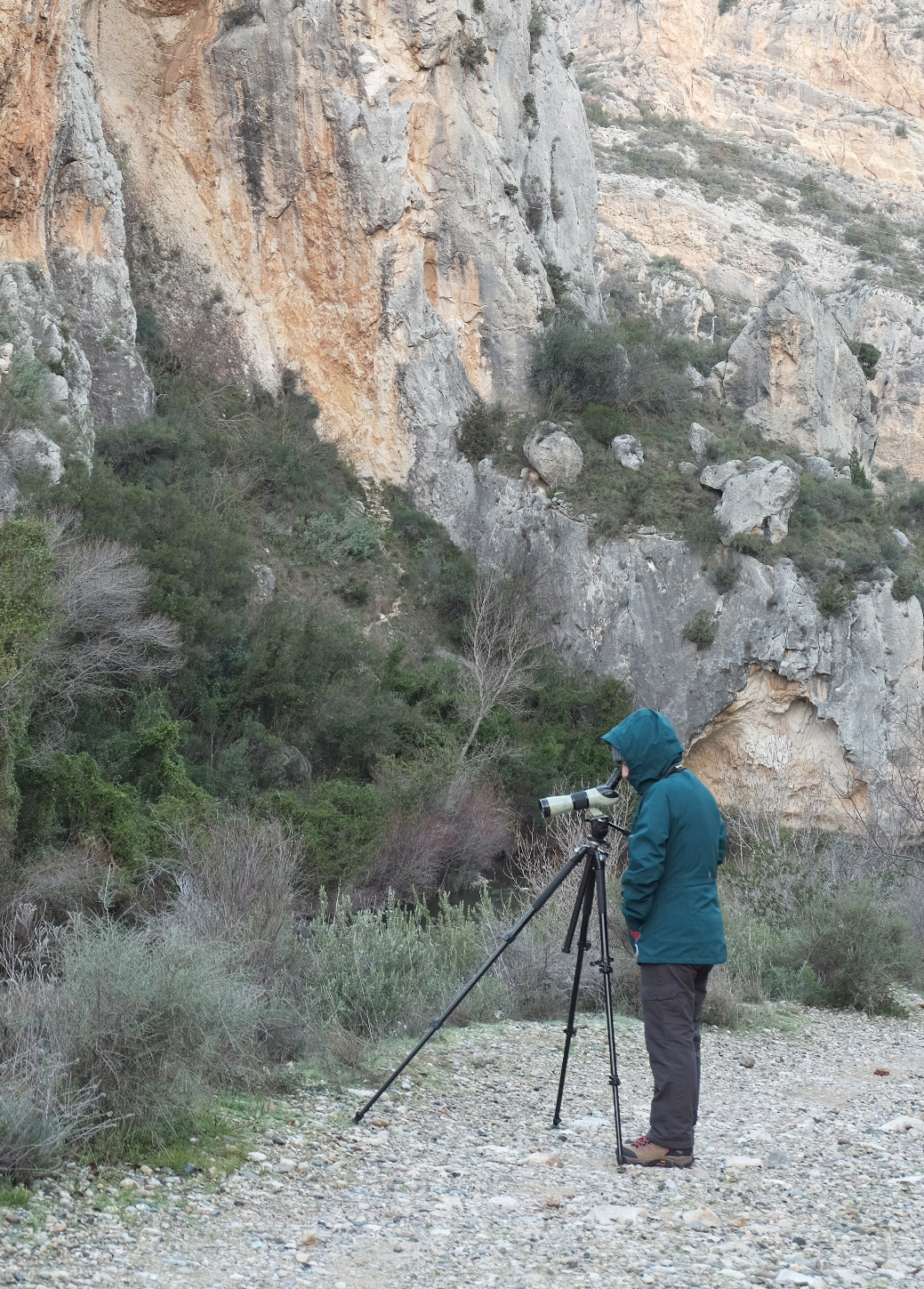
Florinda enjoying a Dipper
I shouldn’t forget to mention that before reaching this point I had already spotted a couple of Rock Buntings, another Hotspot “target” species I was anticipating having to search high and low for, so the overall satisfaction was enormous.
Then there was also Crag Martins, Rock Sparrows, a Hawfinch, before we followed the upper road to overlook the reservoir. Things were calm, except… well, I’ll talk about that in another post. For now let’s stick to the birds.
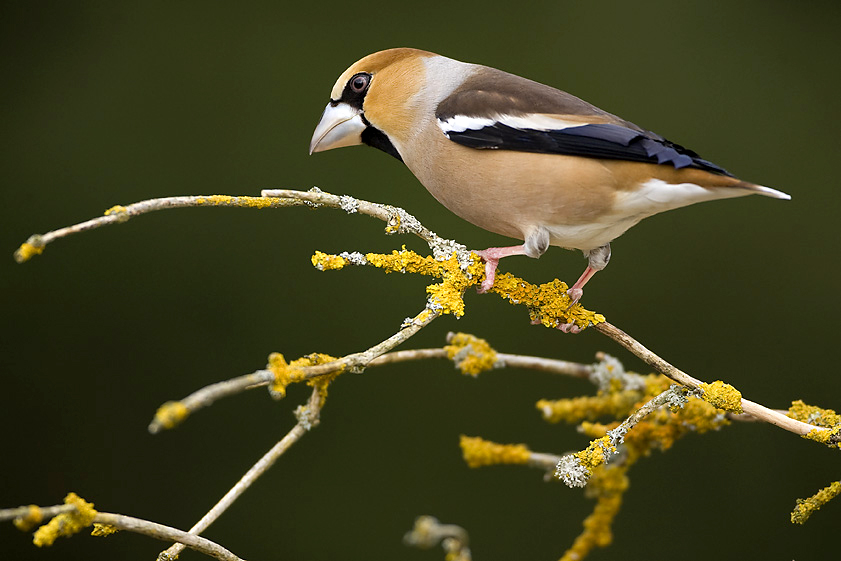
Hawfinch, Coccothraustes coccothraustes. Photo by Franck Renard.
Several Griffon Vultures sat hunched up on the rocks, and didn’t look like they were going to go anywhere fast. Even those in the shade couldn’t be bothered to move to a sunnier perch. I scanned, high and low, not really daring to hope for a Wallcreeper, but the thought was certainly in the back of my mind. I went one way and Florinda another, and I had just spotted a Peregrine Falcon perched on a rock and was scoping it when I heard Florinda calling my name. What, did she have the eagle (Bonelli’s Eagle) I thought, as I whipped up my scope and ran back to where she was?
“Where were you? I’ve been calling!”
“I couldn’t go any faster!”, I replied, panting lightly. “What is it? The eagle?”
“Wallcreeper!” she answered.
But by the time I had understood and followed her directions there was no sign of the Wallcreeper. Take it with philosophy, Steve, I thought.
“Want to see the Peregrine?” I asked, after some more fruitless scanning.
So we went to see the perched Peregrine Falcon, which by that time had also decided to go somewhere else. Result: no Peregrine for Florinda, no Wallcreeper for Steve.
“Oh well, I’ll buy you a coffee and a croissant, how about that?
She accepted my offer and we walked back to the car. The car – no birder who has not seen a key bird he/she’s been looking for can’t get back into the car without having “one last look”, right? Well, I had that one last look, and open-mouthed found myself watching a Wallcreeper flying across my binocular vision and disappearing around a crag, its wing tips flashing white in the sun.
Then we descended into the fog once more, and I had already forgotten my promise to buy Florinda a coffee and a croissant.
